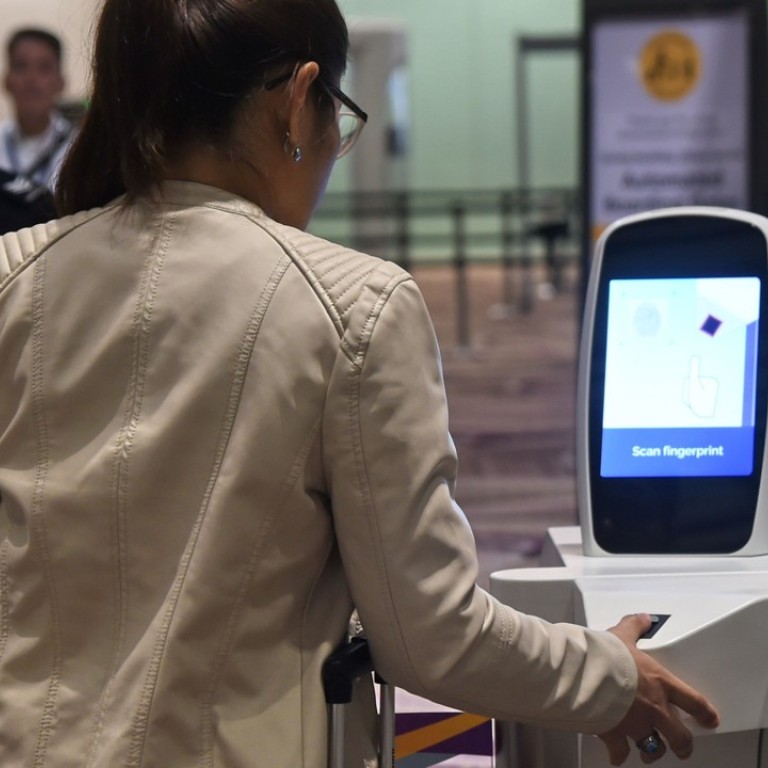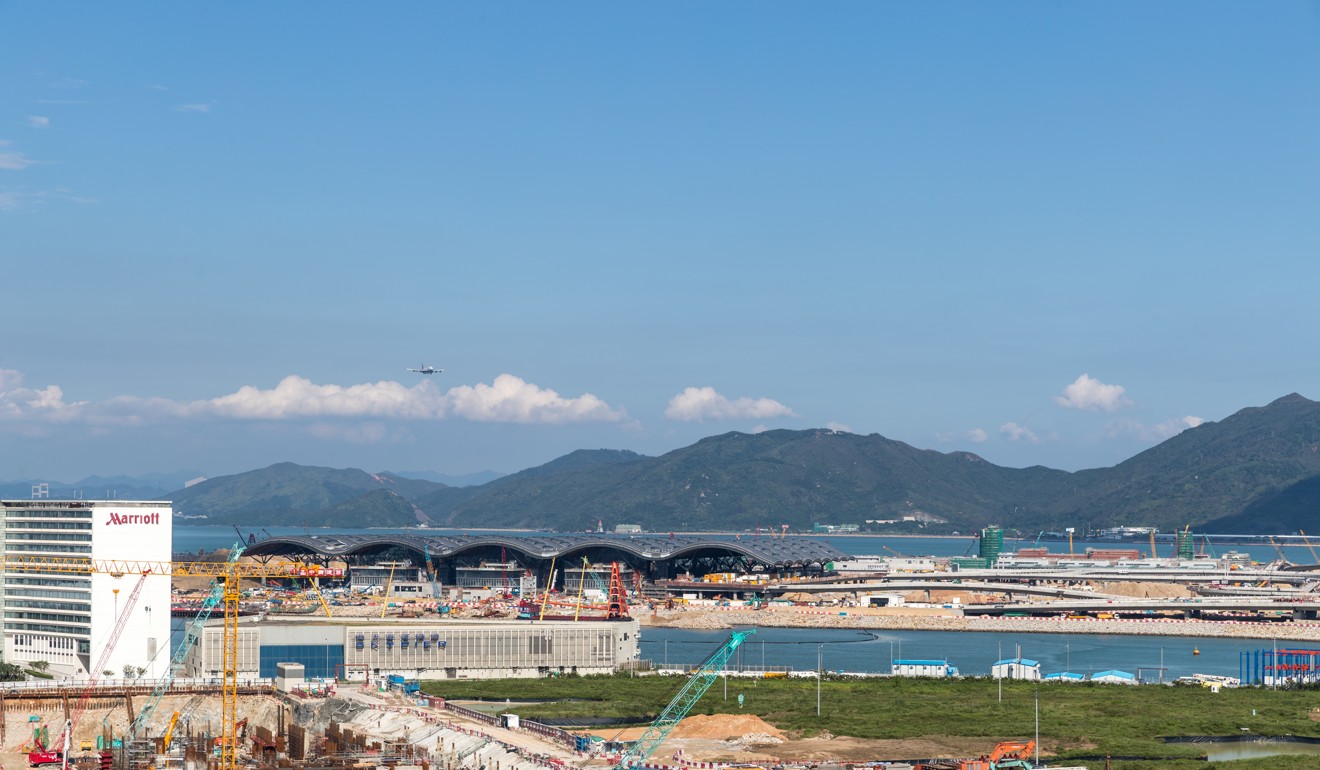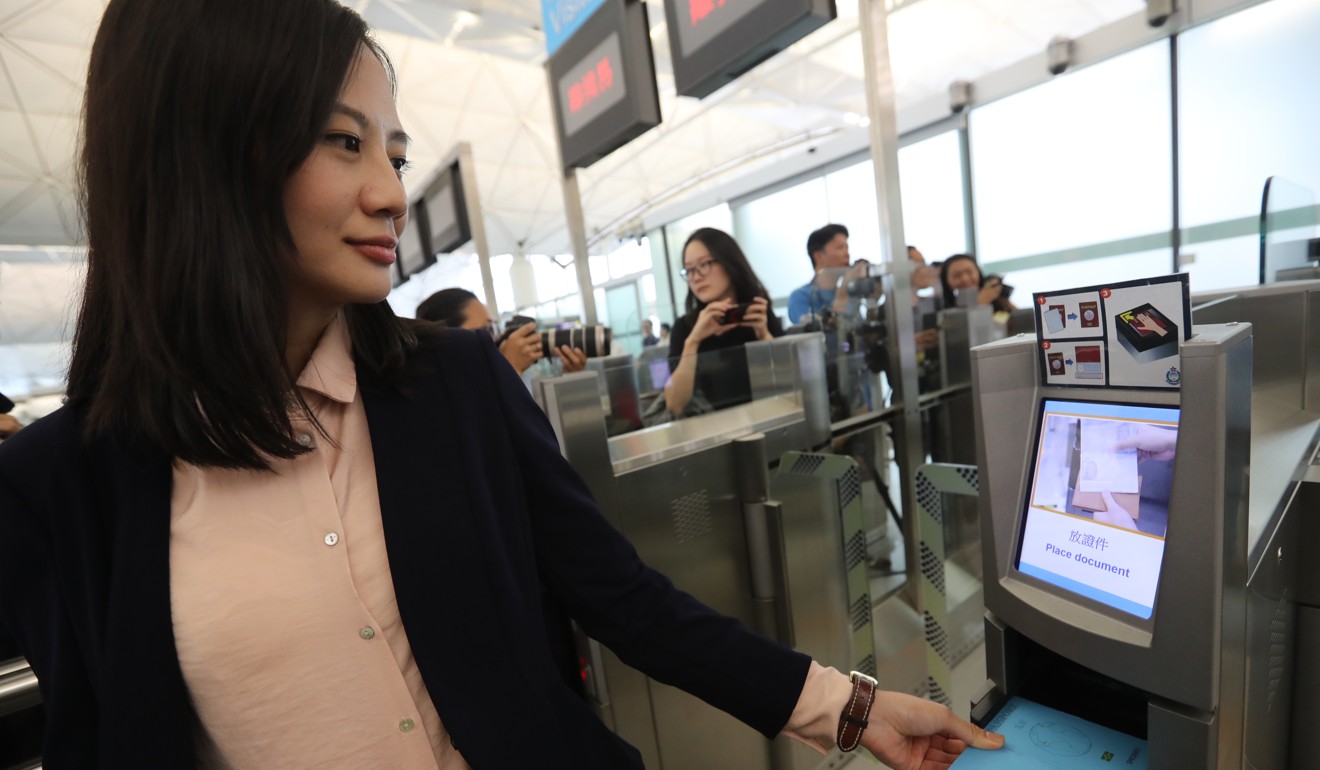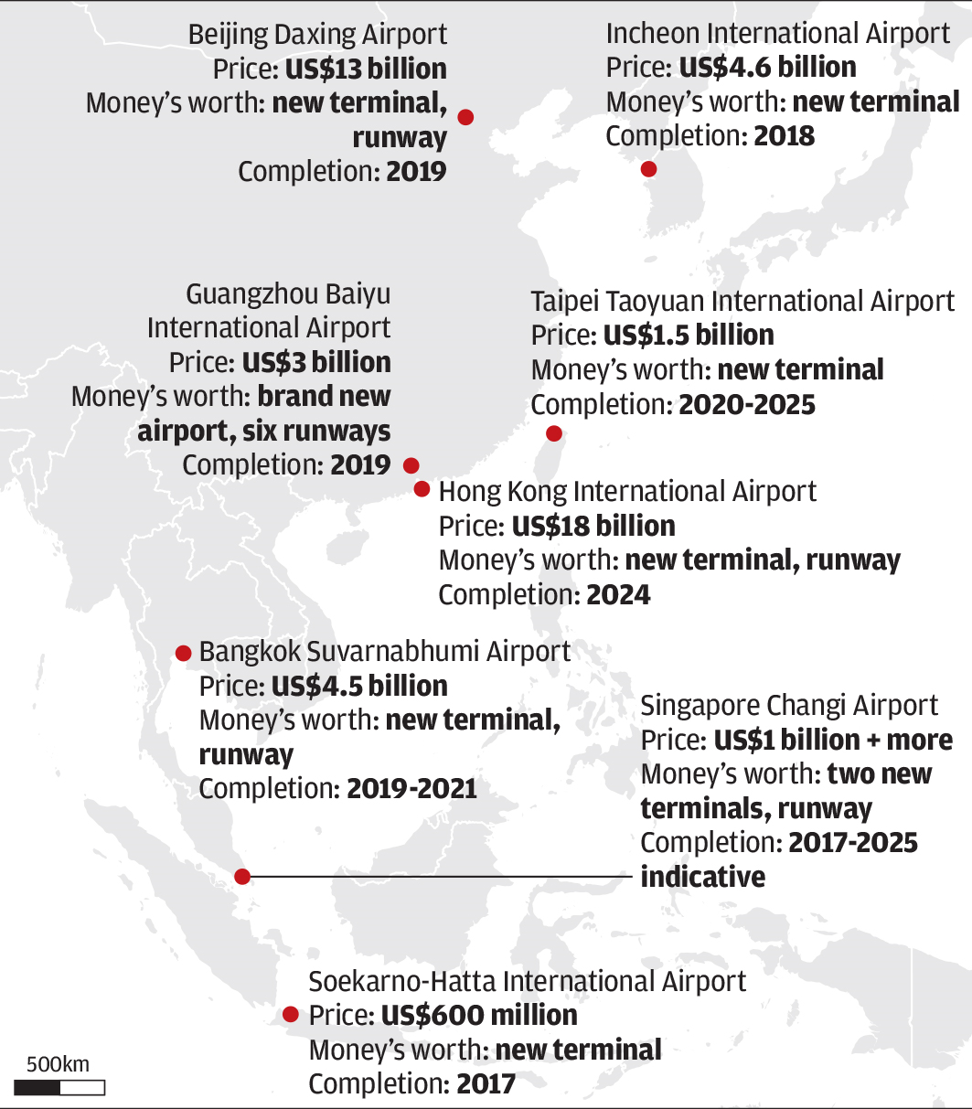
As Singapore’s Changi airport soars, is HK$141 billion upgrade too little too late for Hong Kong?
Hong Kong’s third runway and new passenger building will only be ready in seven years. But airports in the region are already pumping billions into upgrades to serve an expected 2.1 billion new travellers by 2036
Indeed, HKIA has received mostly effusive praise since it opened in July 1998. It took seven years to construct the modern, glass-roofed facility, which at the time took the city right to the forefront of regional aviation.
But now, the accolades are in decline.
The two-terminal, two-runway airport is lagging its arch-rival, Singapore’s Changi Airport, which on Tuesday launched its hi-tech HK$5.6 billion (US$723 million) fourth terminal.

HKIA is bursting at the seams, with airlines clamouring for more flights to meet demand and passengers complaining of chronic delays and slow baggage delivery.
It will take another seven years before its third runway and new passenger concourse, both currently under construction, can handle the 100 million passengers who want to fly to and from the city.
Meanwhile, airlines have sought alternative plans to expand. Budget carrier Hong Kong Express in August announced new direct flights from Nagoya in Japan to Guam, and said it would seek permission for more flights to originate outside its home base.
HKIA is still the world’s most profitable airport. It moves the most cargo globally and is among the busiest for international passenger travel.
Space-starved Hong Kong airport squeezes in 7,000 extra flights a year
Last year, it served a record 70.5 million travellers, compared to the Lion City’s 58.7 million.
But now with Terminal 4, Changi is promising a “fast and seamless” experience for up to 82 million travellers a year.
Torbjorn Karlsson, partner in the civil aviation practice at Korn Ferry International, a consultancy in Singapore, said Changi was a model for building ahead of demand.
The International Air Transport Association (IATA) expects 7.8 billion passengers to travel in 2036, double today’s number. More than half of that growth will come from the Asia-Pacific region, with 2.1 billion new passengers taking to the skies.
“If you look at Hong Kong, Bangkok, Jakarta and Manila, through a combination of infrastructure constraints, political decision-making, environmental constraints, all of them, the airport doesn’t get the capacity until long after they should have had it.
“And Changi has been exceptionally good at that,” Karlsson said.
While Singapore began building its fourth terminal in 2013, Hong Kong only got an environmental permit, allowing barges and sea cranes to begin dredging the seabed off Lantau Island for the airport expansion, in 2014.

Piecemeal improvements will tide over HKIA until the HK$141 billion (US$18 billion) effort wraps up in 2024. For example, its Terminal 1 is getting more check-in counters, additional self-service baggage drop facilities and a new bridge from the terminal to far-out parts of the airfield.
Meanwhile, other airports in the region are racing to catch up.
Estimates from the CAPA Centre for Aviation, an industry consultancy, in July said that Asian airports are due to spend US$500 billion in the coming years on new terminals and upgrades.
Bangkok’s bustling Suvarnabhumi Airport will get a new terminal and runway at a cost of US$4.5 billion. And Jakarta’s antiquated airport recently added a cavernous US$600 million glass-and-steel terminal.
Seoul Incheon, like Singapore and Hong Kong one of the top 10 airports globally, is putting the finishing touches to a US$4.6 billion expansion, and Taipei’s main international airport has kick-started the building of an additional, third terminal for US$1.5 billion.
A particularly large wave of development has swept through mainland Chinese airports, with 74 new or upgrading projects set to be completed by 2020.
The Chinese airports snapping at Hong Kong’s heels
Beijing is spending US$13 billion on a second airport – with up to six runways planned – while Shenzhen announced plans to boost international air traffic, a move that analysts say could wrest growth from Hong Kong.
Hainan Airlines recently said it had applied to start flights from Shenzhen to Dublin and Brussels, after Cathay Pacific Airways announced direct flights to those destinations from Hong Kong.
And Singapore has not yet hit the brakes on its airport ambitions.
Across from Terminal 4, there are already small signs of activity at what will become Terminal 5. It will be five times bigger than the city’s largest shopping centre, Vivocity, and bring passenger capacity to 135 million.
Where would this leave HKIA? It is unclear if current improvements would be too little too late.
Airport bosses have said they can handle 100 million passengers by 2030. With the third runway, it could potentially have 104 flights take off or land every hour. That figure is currently 68 per hour, though demand is for 80 flights per hour and up to 90 flights during peak hours.
But infrastructure alone will not make Hong Kong an airport of choice. It will also need to think about its use of space and technology to ramp up service standards. Once first-class in that area, it is under increasing pressure to maintain its top 10 position in the annual Skytrax rankings of the best terminals.
Still, there is hope for Hong Kong given its proximity to mainland China, and its role as an established air hub, served by more than 100 airlines. IATA says China will overtake the United States as the largest air travel market by 2022.
The government-linked Airport Authority, which oversees airport operations, says it will roll out hi-tech features to “enhance” the travel experience and keep pace with its rivals.
Chris Au Young, in charge of overseeing these technology improvements, said all airports have “different priorities” and HKIA had focused on giving passengers a “very good experience”.

Aviation management professor Henri Hie of Polytechnic University lamented that Hong Kong, while having market demand for air travel in its favour, had not taken sufficient advantage of its proximity to the mainland to make the right long-term investments.
A former senior executive for Air France overseeing its business throughout Asia, Hie had several suggestions.
Similar to how HKIA produced seamless road, bridge and rail links between its Lantau Island site and the city, the airport should now connect to the planned high-speed rail to the mainland, he said.

He also suggested better integration of aviation and transport links in the Pearl River Delta region
“Where you have one of the few places in the world with so many airports so close, with such an increase in capacity, I think the objective is not to compete but to coordinate as a Pearl River Delta global hub like Tokyo, Seoul, Singapore, Shanghai and Beijing facing rivals around the world,” Hie said.
“When you do the job together, you are stronger together.”


